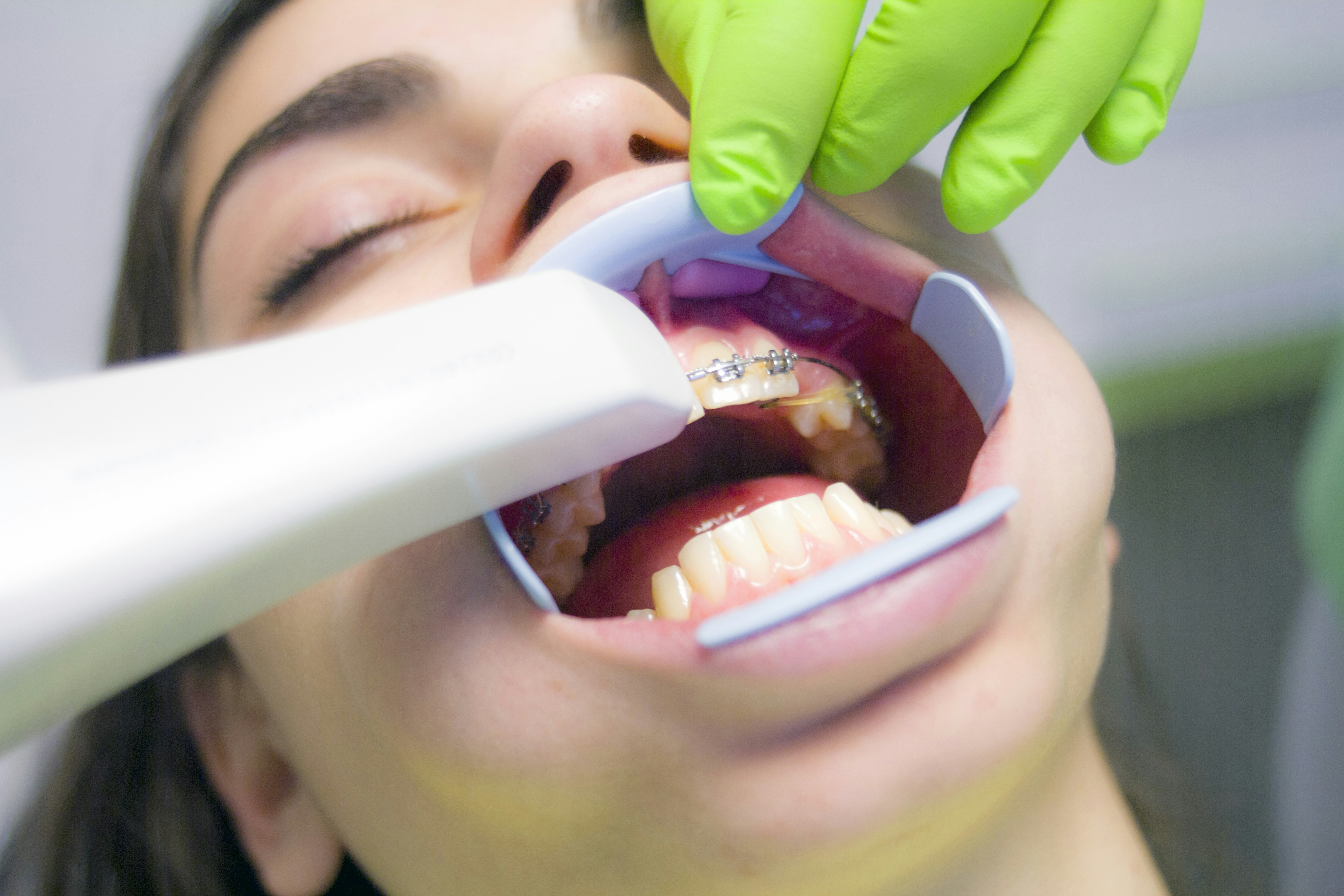Learning The Secrets About

An interdental cavity, also known as an interproximal cavity, is a cavity that forms between teeth. Unlike conventional cavities that form on the biting areas of teeth, interdental cavities can be more elusive, often escaping detection until they have already advanced. Knowing the signs of an interdental cavity can assist in seeking prompt dental treatment and preventing additional damage. Click here to get even more info on the subject!
A frequent indication of an interdental cavity is feeling sensitivity when consuming hot or cold items. An interdental cavity exposes the underlying dentin, which is more sensitive than the outer enamel. Hence, you may encounter a sharp, momentary pain when consuming hot beverages or cold treats. Such sensitivity serves as a clear warning sign of an issue with your teeth and should not be disregarded.
Extended sensitivity to sugary foods is another symptom that should be taken seriously. If you continue to feel pain or discomfort after consuming sugary foods, it may be an indication of an interdental cavity. Cavities enable sugars to penetrate the affected area, causing prolonged sensitivity and discomfort. If this sensitivity persists even after you’ve finished eating sweets, it is advisable to consult your dentist for a thorough examination.
Toothache and gum sensitivity can also indicate the presence of an interdental cavity. As the cavity worsens, it can affect the neighboring gums, resulting in inflammation and sensitivity. You may experience pain when biting down or applying pressure to the affected area, along with sensitivity when brushing or flossing around the affected teeth. If you observe these symptoms, it is vital to seek dental care promptly to prevent additional damage and potential complications.
Stains appearing between the teeth can also signify the presence of an interdental cavity. As the cavity advances, it can trap food particles and bacteria, resulting in discoloration in the spaces between the teeth. If you notice the emergence of brown or black stains in the spaces between your teeth, it should raise a red flag. While regular dental cleanings and proper oral hygiene can help prevent staining, persistent discoloration should prompt a visit to the dentist. Click here for more helpful tips on this company.
The existence of holes or pits in the teeth is another visible indication of an interdental cavity. When a cavity forms between teeth, it gradually erodes the enamel, leading to the formation of small holes or pits in the affected area. These holes or pits may be noticeable without magnification or may require the use of dental instruments for a comprehensive assessment. If you notice any irregularities or abnormalities in the texture of your teeth, it is important to arrange a dental appointment for a comprehensive evaluation and suitable treatment.
In summary, it is of utmost importance to be able to recognize the signs of an interdental cavity for the sake of maintaining excellent oral health. Sensitivity to hot and cold, prolonged sensitivity to sweets, toothache and gum sensitivity, staining between teeth, and the presence of holes or pits in teeth are all red flags that should not be ignored. Through proactive action and timely dental care, you can avert further damage, potential complications, and preserve a radiant smile. Remember to schedule regular dental check-ups, maintain good oral hygiene practices, and promptly address any worrisome symptoms to safeguard your dental well-being. By remaining vigilant and prioritizing your oral health, you can effectively prevent and manage interdental cavities, thus ensuring a lifetime of healthy teeth and gums. Here’s the link to learn more about the awesome product here.
This post topic: Health Care & Medical



